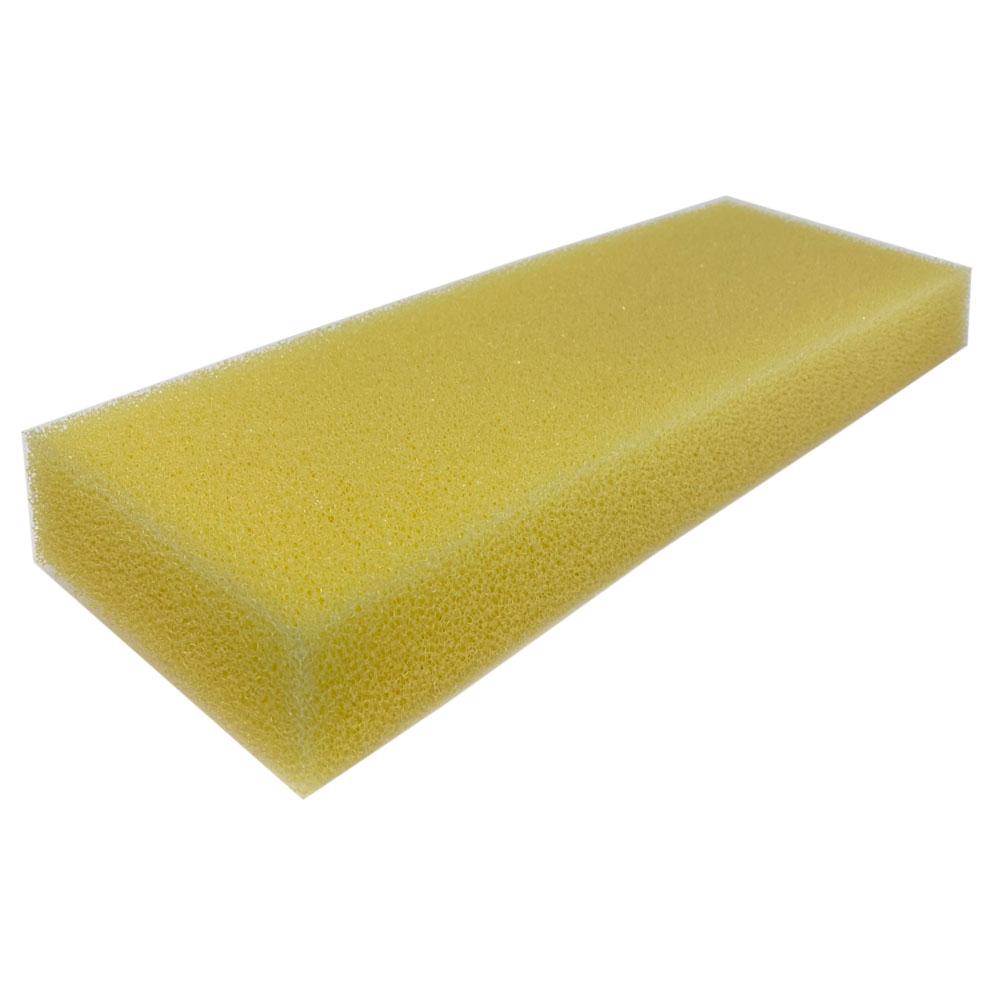
Buying Guide for Outdoor Cushion Adding cushions to outdoor seats can increase support and comfort and make your outdoor living more enjoyable. Outdoor cushions can not only improve the style of the terrace but also help you sit and rest outdoors for a long time. By adding an outdoor cushion to the seat, the outer space becomes a true extension of the internal house. We recommend that you use the same cushion as the one made by the outdoor seat manufacturer. Still, when choosing an outdoor cushion, we will provide some precautions regarding the structure, size, characteristics, and maintenance of the cushion. Guide for Correct Size Cushion For your Outdoor chairs We recommend that you purchase cushions specially made by the seat manufacturer to ensure that the cushions that are most suitable for a specific furniture design fit perfectly. As a general guide to determine the size of the cushion, it can be used for outdoor seating. Things to consider for measurement Width: For left-to-right (or arm-to-arm) measurements, use larger sizes to measure the distance from left to right of the seat surface to find the correct width. Depth: It is measured from the front edge to the back of the seat and the distance from the front of the seat to the back, or measure from the facing (front) edge of the seat to the back. Measure the front-to-back distance across the seat surface. Back: Measure from the base of the seat to the upper back. Height: Height refers to the relative thickness of the cushion. The ideal height of the cushion can be estimated by measuring from the base of the seat to the perfect height that the cushion will reach. Outdoor cushions are specially designed to withstand outdoor environments such as humidity, wind, and sunlight. Made of high-quality material, the outdoor cushions are fast-drying and resistant to mold, mildew, and fade. The type of upholstery and pad fabric used in outdoor cushions helps in determining its comfort and durability. Different types of upholstery fabric options Upholstery fabric is an outer material that surrounds and guards the inner cushion padding. Not only is the upholstery fabric exposed to the texture, but also to the cushioning components that provide aesthetic value, so look for a fabric that will withstand fading and waterproofing. Read about the breakdown of the most common upholstery fabrics used to build outdoor cushions: Sunbrella fabric • Designer fabrics developed in the 60s. • High-performance engineering. • Resist against water and fading. • Breathable fabric for easy maintenance and gives a superb feel and beauty. Cotton canvas fabric • Durable plain weave fabric. • Easy to dye and available in different colors and prints. Duck Cloth Fabric • Thin braid construction. • Smoother texture than cotton canvas. Textile fabric • They are commonly used to build awnings and harness seats. • Shows moisture, discoloration and mildew resistance. • Flame retardant. • The textile contains PVC coating and is a kind of woven polyester. Olefin fiber fabric • Also known as polypropylene, a synthetic fiber with plastic quality, and that is perfect for outdoor use. • Resistant to fading, dew, and mold. • The best option for cushion inserts Vinyl fabric • Its known as Polyvinyl chloride (commonly abbreviated PVC) is the 2nd most popular plastic and developed in the 1920s • Recyclable and environmentally friendly. • Easy to clean, durable, and easy to maintain. Different types of fill options Batting (foam and Dacron) Batting is used to give the cushion a smooth look. The foam is used as a central core and is wrapped in Dacron batting. These types of cushions have a medium to firm density. Foam Available in various densities, foam is the most common filler used for outdoor cushioning. Density is the most important property to consider while selecting a foam. The foam density depends upon the type of application. Available in various densities, foam is the most common filler used to fill cushions used for outdoor sitting. Density is the most important property to consider when choosing a form. Different applications require different densities of foam. The following four factors determine the quality of the foam used in the cushion: Density: In general, the denser is the foam, the stiffer the pillow. Density measures the amount of air in the foam. Very high densities are considered excessive in external applications. The industry standard for outdoor cushions is 1.5 to 1.8 lbs / cubic feet. Indoor applications require much higher densities for longer life. Indentation Force Deflection (IFD): It is a measure of foam softness. The deflection of the pushing force confirms how much force is required for compression. The 70 IFD are considered solid, 40-45 IFDs are considered medium, and 33-35 IFDs are considered medium soft. High Resilience (HR): It refers to the characteristic of a foam that allows it to regain its shape after being applied with pressure quickly. HR foams



